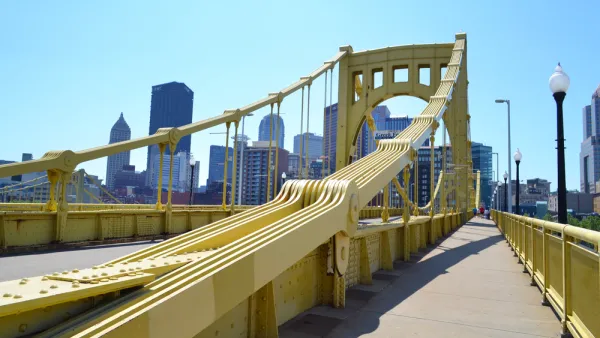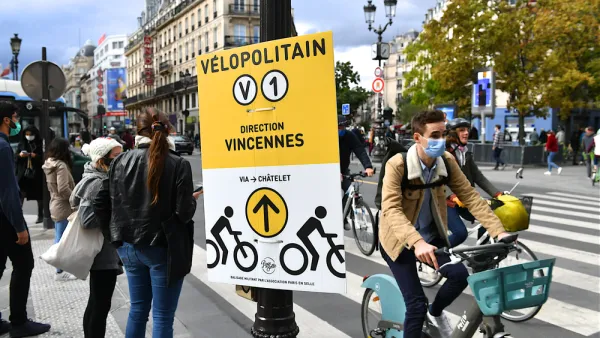Mike Senese spotlights a new television program on the Science Channel that uses innovative graphics to examine how the world's cities have been built to overcome the challenges of their natural environments and serve their citizens.
Senese examines the Science Channel’s new series Strip the City, which "uses oversized CGI effects to take a very deep look into the engineering behind some of the most iconic municipalities and the potentially disastrous natural elements they must overcome. Working with architects, engineers and historians, the producers have unearthed the specific elements that help San Francisco’s bridge survive tremors and Dubai’s towering skyscrapers stand firm in soft, unstable desert sands."
"But it’s the way that these scenarios are demonstrated that make the show so appealing," Senese explains. "Using a combination of real video and computer generated effects, layers of functioning cityscapes are peeled upwards to expose interior and underground features, which then get rolled back to show their internal workings."
“We’ve done quite a bit of big CGI shows in the past, but never anything quite like this, where we wanted to show organically and in real life settings how the infrastructure around people milling around fits and works,” says executive producer Carlo Massarella. “We wanted to do it in a way that literally apart took the city around the people that existed in it to show them the technology that might be just beneath their feet or in the train or in the subway system.”
The first six cities to be featured in the program include San Francisco, Dubai, Rome, London, Sydney and Toronto.
Strip the City premieres Tuesday, Feb. 5 on Science Channel.
FULL STORY: Peeling a City Apart to Show How Structures Survive Disasters

National Parks Layoffs Will Cause Communities to Lose Billions
Thousands of essential park workers were laid off this week, just before the busy spring break season.

Retro-silient?: America’s First “Eco-burb,” The Woodlands Turns 50
A master-planned community north of Houston offers lessons on green infrastructure and resilient design, but falls short of its founder’s lofty affordability and walkability goals.

Delivering for America Plan Will Downgrade Mail Service in at Least 49.5 Percent of Zip Codes
Republican and Democrat lawmakers criticize the plan for its disproportionate negative impact on rural communities.

Test News Post 1
This is a summary

Test News Headline 46
Test for the image on the front page.

Balancing Bombs and Butterflies: How the National Guard Protects a Rare Species
The National Guard at Fort Indiantown Gap uses GIS technology and land management strategies to balance military training with conservation efforts, ensuring the survival of the rare eastern regal fritillary butterfly.
Urban Design for Planners 1: Software Tools
This six-course series explores essential urban design concepts using open source software and equips planners with the tools they need to participate fully in the urban design process.
Planning for Universal Design
Learn the tools for implementing Universal Design in planning regulations.
EMC Planning Group, Inc.
Planetizen
Planetizen
Mpact (formerly Rail~Volution)
Great Falls Development Authority, Inc.
HUDs Office of Policy Development and Research
NYU Wagner Graduate School of Public Service




























